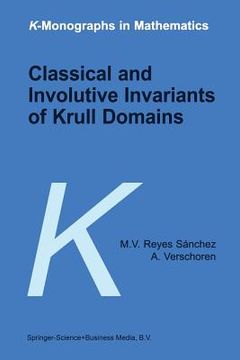Synopsis "Classical and Involutive Invariants of Krull Domains (in English)"
Just suppose, for a moment, that all rings of integers in algebraic number fields were unique factorization domains, then it would be fairly easy to produce a proof of Fermat's Last Theorem, fitting, say, in the margin of this page. Unfortunately however, rings of integers are not that nice in general, so that, for centuries, math- ematicians had to search for alternative proofs, a quest which culminated finally in Wiles' marvelous results - but this is history. The fact remains that modern algebraic number theory really started off with in- vestigating the problem which rings of integers actually are unique factorization domains. The best approach to this question is, of course, through the general the- ory of Dedekind rings, using the full power of their class group, whose vanishing is, by its very definition, equivalent to the unique factorization property. Using the fact that a Dedekind ring is essentially just a one-dimensional global version of discrete valuation rings, one easily verifies that the class group of a Dedekind ring coincides with its Picard group, thus making it into a nice, functorial invariant, which may be studied and calculated through algebraic, geometric and co homological methods. In view of the success of the use of the class group within the framework of Dedekind rings, one may wonder whether it may be applied in other contexts as well. However, for more general rings, even the definition of the class group itself causes problems.

